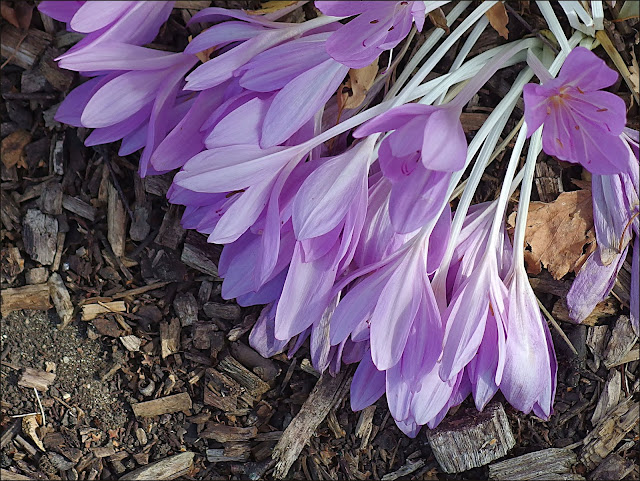They're a curious breed: farmers. Allow them a day off after the long toil of harvest and what do they do? More farming, in the shape of Gransden And District Agricultural Show. More precisely it's a chance to talk about farming, meet other farmers and, perhaps most importantly, compare how you're all doing.
The Gransden Show is still a real agricultural show and not, as a friend I met there said, "turning into another funfair". Neither is it an outdoor showroom for tractors and combines, which has become the focus of some shows in this area. All these elements are here but you'll also find lot of farm animals, garden produce and countryside crafts competing for those coveted rosettes.
The show dates back to 1891 and has been held annually, with the exception of the war years. The nineteenth century was a time of rapid innovation in farming and many agricultural societies grew up to share information. Gransden had a society for buying and sharing agricultural books as long ago as 1816. It was natural that friendly competition between farmers led eventually to setting up shows like this.
Having worked for some years on a farm I can tell you that that's a fine Large White Sow being paraded in the ring. It takes a lot of practice to be able to make a pig go where you want it to!
Miniature goats weigh up the competition in their class.
Donkeys too. I think you can see just who is in charge of the set-up above!
There was quite a large marquee dedicated to Fancy Pigeons. These birds have been bred into all kinds of strange forms, some of which look grotesque to me, birds which can neither fly nor even walk without difficulty. I refuse to even photograph them. Others though are undoubtedly beautiful creatures.
A collection of vintage tractors stood over to one side of the showground. But there were also more modern pieces of machinery.....
…..like this huge Case Quadtrak. They are really huge as you can see from the man in the foreground. And with a frightening price tag too no doubt!
And I'd better not forget about the flower and produce section which had some amazing floral arrangements.
Tucked in a corner of one of the marquees were some "flopsy bunnies" and accompanying them was some sort of wallaby. I spent a while trying to get them in the same photo and eventally they edged closer together. And closer together. Then just as I pressed the shutter button....
….sometimes you just get lucky!
Take care.





















































